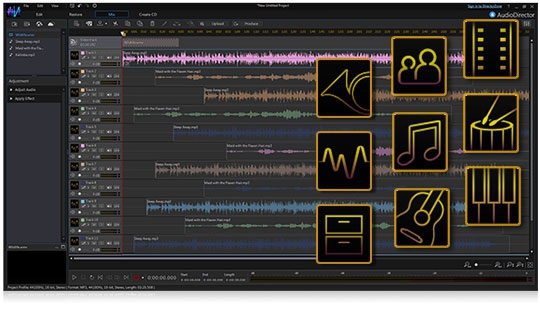

Making note of the amniotic fluid volume is important, as concomitant oligohydramnios or anhydramnios portends poor long-term kidney function, increased risk for pulmonary hypoplasia, and decreased postnatal survival. Enlarged echogenic kidneys in utero are a common prenatal finding in polycystic kidney disease, even before macrocysts becomes visible on ultrasound. Next, pay particular attention to the size of the kidneys.

The etiology remains unclear, but may be due to increased Tamm-Horsfall protein concentration in the renal tubules.įigure 2. Neonatal kidneys may also have a transient increased echogenicity of the medullary pyramids in particular, that resolves by 2 weeks of life. Preterm neonates are an exception, as they may have kidneys that are hyperechoic on ultrasound and may be a normal variant. The kidneys of neonates commonly appear isoechoic, but typically by 6 months of age the appearance of the kidneys resembles that of older children and adults. Normal kidneys in children appear hypoechoic to the liver on ultrasound imaging, with the kidney cortex having a relative increase in brightness compared to the medullary pyramids. The central hyperechoic area of the kidney is the renal sinus. Though slightly difficult to appreciate on this view, there is good corticomedullary differentiation with visualization of medullary pyramids (asterisks). On ultrasound, the kidney (white arrowhead) is hypoechoic in comparison to the liver (white arrow). Traditionally, the brightness of the kidneys on ultrasound has been described in relation to that of the liver, which has intermediate echogenicity, and is used as an internal comparison (so long as there isn’t liver pathology present, such as fatty liver disease).įigure 1. fibrous and adipose tissue), whereas fluid, such as from simple cysts or urine in the collecting system, reflects the weakest (anechoic) and appears black in color. Tissue that most strongly reflects sound waves is hyperechoic and appears white (e.g. These images are produced when the ultrasound machine operates in two-dimensional brightness mode (B-mode), in which reflected echoes appear as bright dots.


The echogenicity of a kidney, or any organ for that matter, refers to how bright it appears on grayscale imaging by ultrasound. Increased echogenicity of the kidneys, while non-specific, is one of the most common imaging findings on kidney ultrasound it may be a transient finding, or a harbinger of serious kidney disease that warrants evaluation by a pediatric nephrologist. The routine use of prenatal ultrasound in pregnancy care has additionally provided nephrologists with a view into the kidneys and urinary tract as they develop in utero, allowing both families and care teams to prepare for complications related to the kidney that may arise after birth. Ultrasonography of the kidneys is one of the most common imaging modalities performed in children in the nephrology clinic.


 0 kommentar(er)
0 kommentar(er)
